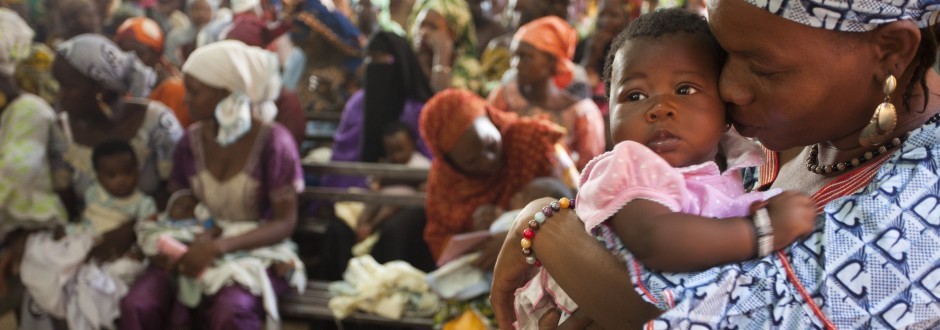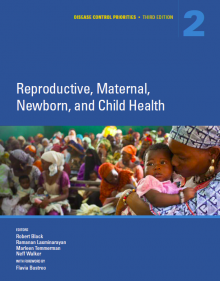

When I became the Deputy Director of the Child Survival Partnership in 2004, I knew the task at hand was a challenging one. We were only four years into the Millennium Development Goals (MDGs), but we already knew that moving the needle on maternal and child survival would take more headway and greater advances. Since then, and particularly since 2010, we have accelerated progress in an unprecedented manner, mobilized actors and partners, and improved our way of working.
We have undergone an extraordinary transformation, halving maternal and child mortality under the MDGs. As we transition to the Sustainable Development Goals (SDGs), we are in a much better position to achieve the global and equitable progress we seek for all people. Goal 3 of the 17 SDGs is “to ensure healthy lives and promote well-being for all at all ages.” This broad goal embraces the unfinished agenda of the MDGs and goes beyond—to virtually end preventable maternal, newborn, and child deaths and to improve access to sexual and reproductive health, as well as access to medicines and vaccines. By moving toward this goal, we are working to protect the future and well-being of those closest to us: our mothers, children, and communities.
The 2010–15 Global Strategy for Women’s and Children’s Health brought together hundreds of partners around the Every Woman Every Child movement to jointly achieve the ambitious goals for maternal and child health. Building on this progress, the United Nations (UN) Secretary-General, in September 2015, launched a follow-up roadmap for 2016–30 at the UN General Assembly, The Global Strategy for Women’s, Children’s, and Adolescents’ Health. The new strategy aligns fully with the SDGs, embracing the vision of a future where we reach the highest attainable standard of health for all women, children, and adolescents. A new funding mechanism, The Global Financing Facility in Support of Every Woman, Every Child, aims to bring together existing and new sources of financing for “smart, scaled, and sustainable financing” to accelerate efforts to end preventable maternal, newborn, and child deaths by 2030.
Strategy, financing, and delivery of services need to be guided by the best available scientific knowledge on the efficacy of interventions and the effectiveness of programs. This volume of the Disease Control Priorities, third edition (DCP3) series, Reproductive, Maternal, Newborn, and Child Health, provides this rigorous knowledge base. Readers now have at their fingertips the most relevant technical information on which interventions, programs, service delivery platforms, and policies can best help all to reach the ambitious Global Goal 3 targets—maternal mortality rates lower than 70 maternal deaths per 100,000 live births, neonatal mortality rates of 9 per 1,000 live births, and stillbirth rates of 9 per 1,000 total births. It is a source of great pride to know that my WHO team, led by Professor Dr. Marleen Temmerman, Director of the Department of Reproductive Health and Research, contributed to this work. My team will continue its efforts to end preventable mortality worldwide and to achieve the three broad goals embraced by the new Global Strategy—survive, thrive, and transform. We all have a role to play as we put this Global Strategy into practice in every corner of the globe. We need everyone’s continued engagement, support, and commitments. We have the knowledge, the tools, and the will. A transformation by 2030 is within our reach.

